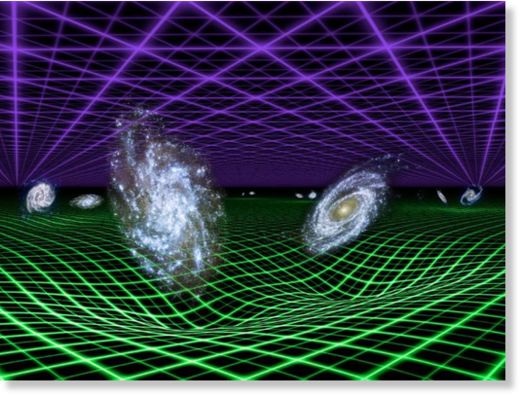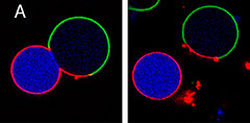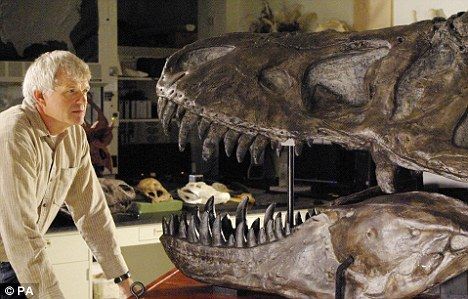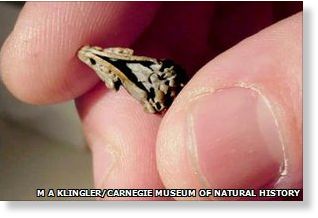
© NASA/JPL-CaltechNew results from NASA's Galaxy Evolution Explorer and the Anglo-Australian Telescope atop Siding Spring Mountain in Australia confirm that dark energy (represented by purple grid) is a smooth, uniform force that now dominates over the effects of gravity (green grid). The observations follow from careful measurements of the separations between pairs of galaxies (examples of such pairs are illustrated here).
A five-year survey of 200,000 galaxies, stretching back seven billion years in cosmic time, has led to one of the best independent confirmations that dark energy is driving our universe apart at accelerating speeds.
The survey used data from NASA's space-based Galaxy Evolution Explorer and the Anglo-Australian Telescope on Siding Spring Mountain in Australia.
The findings offer new support for the favored theory of how dark energy works -- as a constant force, uniformly affecting the universe and propelling its runaway expansion. They contradict an alternate theory, where gravity, not dark energy, is the force pushing space apart. According to this alternate theory, with which the new survey results are not consistent, Albert Einstein's concept of gravity is wrong, and gravity becomes repulsive instead of attractive when acting at great distances.
"The action of dark energy is as if you threw a ball up in the air, and it kept speeding upward into the sky faster and faster," said Chris Blake of the Swinburne University of Technology in Melbourne, Australia. Blake is lead author of two papers describing the results that appeared in recent issues of the
Monthly Notices of the Royal Astronomical Society. "The results tell us that dark energy is a cosmological constant, as Einstein proposed. If gravity were the culprit, then we wouldn't be seeing these constant effects of dark energy throughout time."




Comment: See also:
Zap: Saturn, odd moon have electric link
The true origins of the electric comet theory
Electric Comet Theory: The Enduring - Yet Downplayed - Mysteries of Comets